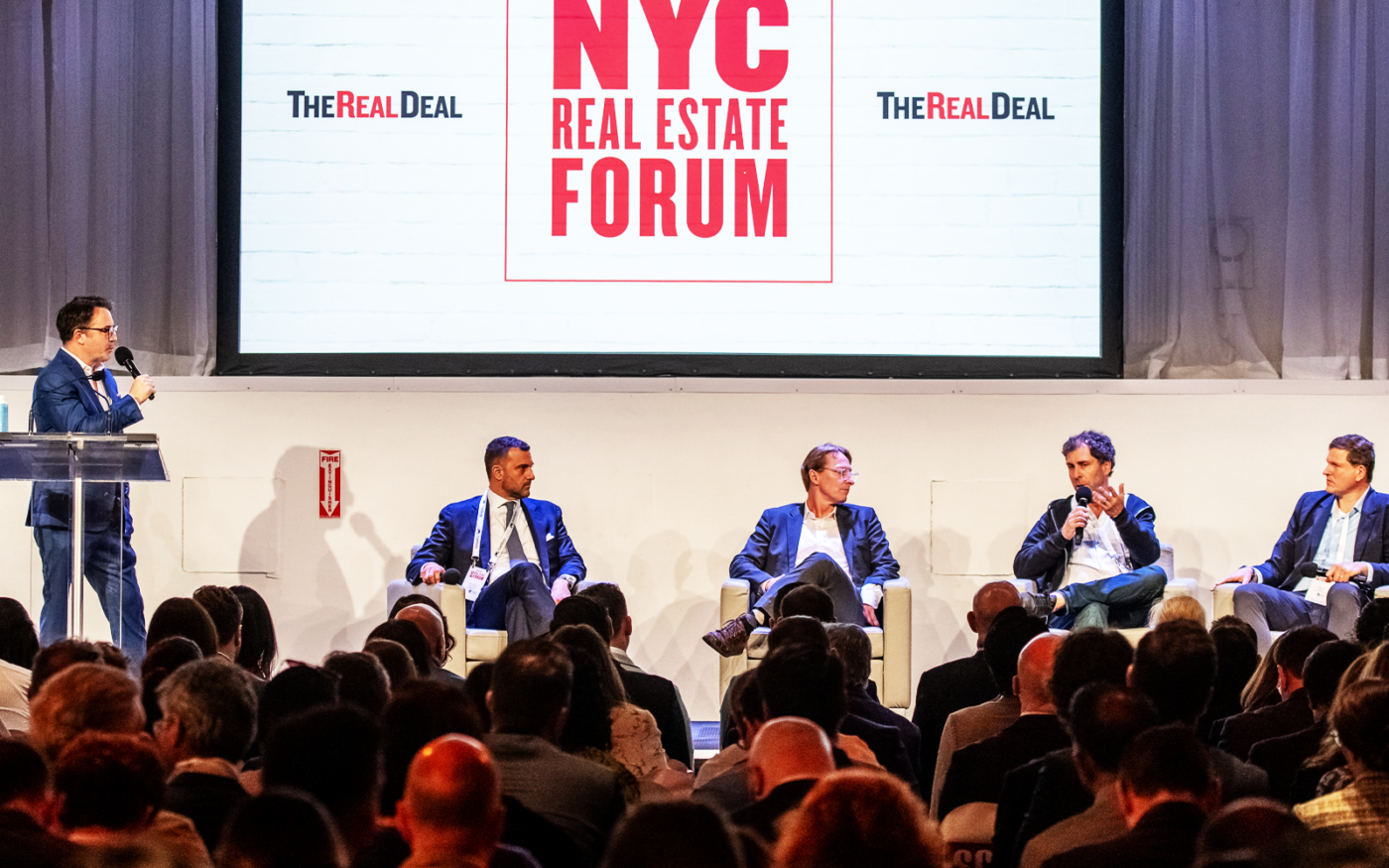“You don’t know what the f-ck you are getting”: The new leasing paradigm
At TRD’s Real Estate Forum, Jed Walentas says demand from smaller tenants is rising

Two Trees’ Jed Walentas believes the narrative around New York City’s office market is not quite accurate.
Yes, rising interest rates and hybrid work have led to challenges, but Walentas argues some of the sector’s struggles were caused by lazy corporate executives who allowed middle managers to continually add to their office footprint in hopes of future growth. Now, companies are ditching that space.
“There was tremendous bloat,” said Walentas. “It will take a couple of years for all that shit to go away.”
Walentas joined Philippe Visser of Related Companies, Stijn Van Nieuwerburgh, a professor of real estate at Columbia University, and Will Silverman of Eastdil Secured at TRD’s New York Real Estate Forum to discuss the state of the office market.
Walentas said his firm is “the only one dumb enough in the world to build a spec office building during the Covid,” referring to Two Trees’ 460,000-square-foot Domino Sugar Factory office development.
It’s not a location that attracts corporate headquarters, but rather companies looking for satellite offices that have employees living in Brooklyn, Walentas noted.
“More and more human capital is living in Brooklyn and there is some subset that says I am not schlepping to 57th Street or Hudson Yards every fucking day,” said Walentas.
Visser, whose firm spearheaded Hudson Yards and was college classmates with Walentas, said there will be demand for office in places where “people have fun” like the Brooklyn waterfront. Meanwhile, other parts of Brooklyn, such as Downtown, have struggled to attract office tenants.
“You are not seeing that (demand) even in a beautiful Class A office building,” said Visser about Downtown Brooklyn.
Walentas said his firm is still finding a number of companies looking to lease 5,000 square feet, but the process is different from hiring a broker to scout out a 20,000-square-foot lease from a large corporate tenant.
“The 5,000-foot tenants are out there, but you have to do a lot of work for them, a lot of hand holding. They are mostly not credit tenants.” said Walentas. “You don’t know what the fuck you are getting.”
But in Manhattan, Will Silverman said some investors are still growing more interested in areas previously thought of as undesirable. This includes places hit hardest by the pandemic, including the Financial District and Third Avenue.
“The market’s starting to express a more nuanced view,” said Silverman. “People are saying I like a particular building in that sub-market.”








